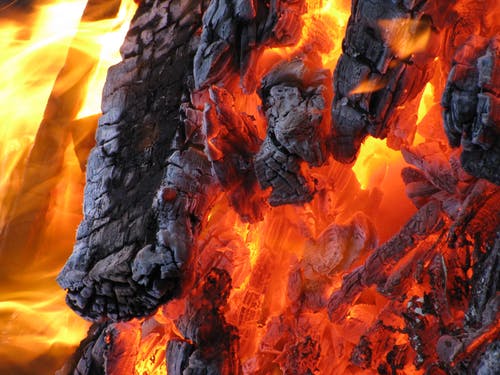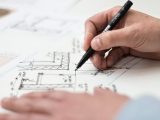
Mold Remediation Regards to the Intensity of Damage
April 17, 2022Any wet area could be infested with mold, a sort of fungus. If moisture is an issue in the kitchen or bathroom or even the house’s basement, then you’re likely to detect mold. Mold may range in size from a few pennies to sizes that cover the walls. Mold will continue to grow in the presence of food and water if it is left unchecked.
In the home, mold growth is a severe problem that may quickly result in significant structural damage and numerous health problems, as the majority of individuals are well aware. The best method to prevent mold damage is to act swiftly and decisively if signs of an issue in the house begin to manifest.
Mold Damage and Cleanup
As a homeowner, you may not know how serious the mold problem is or which repair and cleaning steps you need to take. The removal of mold can be divided into five categories depending on the degree of contamination. Knowing the various phases of mold damage and what you should do in each scenario is made easy by the following comprehensive information.
1. Level 1
This category covers damage to a 10-square-foot or smaller area. This is usually not a need for the assistance of a professional. The mold remains on the surface, making cleanup simple. Damage to the mold from stage 1 can be observed on ceilings, baseboards and tiles, and wall panels.
It is important to be informed of any precautions before attempting DIY cleaning the mold. If you suffer from allergies or asthma, don’t take care to clean the mold yourself. If you have children, remove them from the premises when working. Additionally, those suffering from immune deficiency or chronic lung illnesses must leave the premises.
Be sure to wear safety equipment, including glasses, gloves, and boots. The materials that are contaminated should be cleaned off. Open the windows and doors for ventilation. Apply a solution of detergent to clean the surface. After cleaning the surface, let it dry thoroughly.
If you want to call today for the services of a professional, you can hit the web and search for a reputable company and read its blog posts and articles regarding its services.
2. Level 2
A level 2 of mold usually indicates a more long-term ongoing issue, such as humidity, condensation leaks, or drips, and may range between 10 and 30 sq. feet. Cover the affected materials with plastic sheets to rid yourself of them. This will keep mold spores from infecting your other belongings. After that, clean the surface and use a detergent to clean the surfaces. It’s suggested to consult a mold remediation professional at this point.
Websites like puroclean.com can show you the importance of the services of a professional restoration company. The immediate remediation of the problem can save you a huge amount of funds in the long run.
3. Level 3
Massive areas of mold development (30-100 sq. ft.) indicate an issue that requires prompt attention. Infected ceiling tiles or other large surfaces need to be cleaned as soon as possible. The first stage is an inspection of the mold. If your property has three levels of mold damage, it is advisable to contact a professional cleanup firm.
If you decide to conduct yourself, make sure you follow the same guidelines for level two mold contamination and apply plastic sheeting to block off areas of the home near the affected region. Secure the HVAC system by covering the ventilation grills and air ducts with plastic sheets. Keep people out of the affected area until the task is done.
4. Level 4
A mold remediator might be needed for an infestation of more than 100 square feet. If not, all levels I, II, and III requirements need to be adhered to. Safety training for workers and respirators that are full-face with HEPA cartridges is required. Protective clothing that is disposable and covers your head and shoes are also needed.
Utilizing duct tape, plug any holes in your houses, such as ventilation ducts/grills, fixtures, and any other openings. Create and use a “decontamination room” or an enclosure with a plastic wall. It is recommended to monitor the air before returning to your home to ensure security.
For other property damage like fire, you can seek the assistance of a fire restoration company to correctly address the problem. Expert help is always preferred when it comes to huge damages caused by fire or water to avoid future problems that would definitely be more expensive.
5. Level 5
Any mold development within your HVAC system should be taken care of by a professional, no small or huge. In addition to the safety steps for the previous levels, these precautions should be followed throughout the cleaning process. The HVAC system must be shut off. Contaminated insulation must be removed and placed in plastic bags before being properly disposed of.
And to destroy inaccessible mold spores within the ductwork and stop further mold growth, biocide solutions should be used with HVAC components such as cooling coils and condensation pans.




